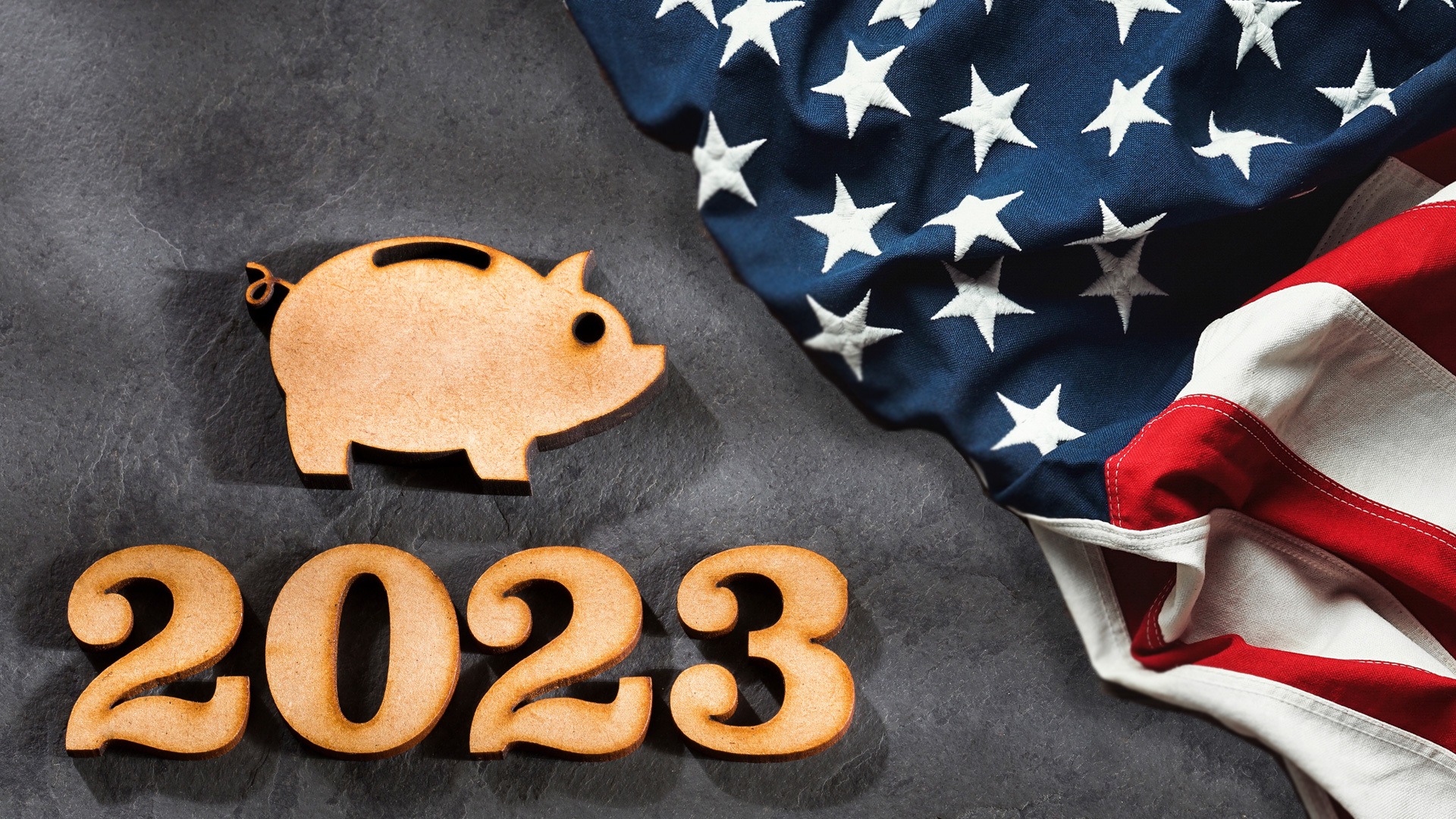As I mentioned in a recent blog, timing is everything when making marketing decisions in the public sector. And in the public sector realm, time itself works a bit differently. While privatized businesses and organizations may operate and plan around a traditional 12-month calendar year (January to December), government agencies are held to a Fiscal Year (FY) with federal, state, and local governments each operating on unique schedules.
Understanding the cadence of the fiscal year and its impact on sales cycles will best inform how and when to time marketing initiatives.
Every Agency Has Unique Needs

I recently spoke with James Oelke Farley, Operations Officer at the U.S. Army Center of Military History, about the
vital importance of comprehending and adhering to the federal fiscal year. In his role, he and his team work behind the scenes to create the museums that visitors see when they come through the door. This includes budget, personnel, policy, transportation, programming, procurement, and contracting – all things that are likely not always at the forefront of people’s minds when they see any given artifact in a museum collection.
“If you had to stop and think about those things as a visitor, we wouldn’t be doing our jobs correctly behind the curtain,” admits Oelke Farley. “We try to do so in a professional, efficient manner for future generations of soldiers and the public.”
As a lead financial decision maker on behalf of the nation’s Army Museum Enterprise, he is acutely aware of the impact of every dollar spent and every dollar that is not.
“Especially in the last two months of the year, we avoid at all costs engaging in frivolous purchasing,” Oelke Farley says. “We’re not going to go out and buy new office furniture in September.” However, there will occasionally be items slated for the next fiscal year that a government agency will attempt to push through in the fourth quarter.
“Things that we had not planned on spending suddenly can become hot ticket items, but only if we are able to jump on them. And in order to do that, we have to be able to trust agile vendor partners,” he said.
Scheduling Around the Federal Fiscal Year
There are a variety of challenges facing government buyers with budget to spend at the end of the fiscal year, including ensuring a quote is approved through the end of the year, the contract obligations are met, the invoices are sent, etc. Contracting Offices, Budget Officers, etc. establish cut-off dates – it is important to discuss those where legally possible to ensure compliance and fewer surprises in September.
“During the major part of the fiscal year, particularly during the first and third quarters, we scrutinize everything closely. But then by the time we get into the end of the third quarter, going into the fourth quarter, the realization hits that some contracts are not going to get done.”
The root of the issue can vary, whether it is because legal is holding something up; or an agency’s contracting officer cannot get a contract finished in time; or often in Oelke Farley’s case, being able to ensure delivery and billing for all Government Purchase Card (GPC) ordered items in the same fiscal year.
“This can be one of the biggest challenges for us, because we might make a big order, but if that order dribbles in after October 1 it ends up landing on the next FY, and that hurts us more than anything,” says Oelke Farley. “Because it is almost impossible to go back and use FY22 money for something that doesn’t get billed until FY23. And if it’s billed in FY23, it’s no longer a part of our spend plan for that year, and that screws up the entire spend plan for the next year. The GPC back-orders hurt us.”
The major thing in working with federal partners in particular is ensuring that agility and flexibility to deliver upon request and fore-knowledge of items on back-order that cannot be billed by September 30th. One of, if not the most important, aspect of the agency-contractor relationship is open communication among both parties.
“Especially if I’ve gone to you, the vendor or partner, and asked that I receive that bill for processing by the end of that FY,” says Oelke Farley. “It has happened too many times now where that request will not be fulfilled in time and at that point I just won’t use that vendor again moving forward. Instead, I will work with other vendors who I know will work with me to ensure those requested goods are received or services rendered in time for proper billing.”
Staying Connected
Another concern that Oelke Farley has when working with vendors, especially in the fourth quarter: The cadence of communication.
“It has to be almost double what it would be the rest of the year. We can get away with a lot of potential leeway until the fourth quarter. Still, once we’re there we can not be any miscommunication or gaps in regular communication or unresponsiveness. If you’re not answering emails or responding to phone calls to get back to us – a lot of the time the reason we are reaching out is precisely because it is a critical situation.”
In the Public Sector, the importance of timing cannot be overstated. We must remain agile partners for our federal customers to deliver the most dynamic marketing communications aligned with the mission while remaining within the scope of the fiscal year.
To learn more, including how W2 Communications can best support your integrated public sector marketing initiatives, contact us today.




